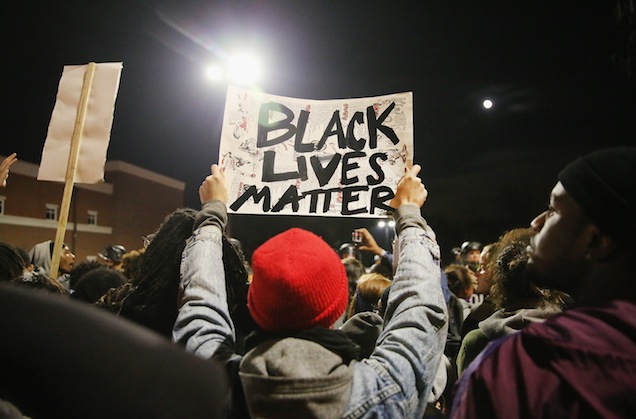Ferguson Movement Transforms Civilians Into Activists

Washington Post social change reporter Sandhya Somashekhar took a look at some of the non-traditional leaders of the Ferguson-based movement for justice in the Michael Brown case.
There's Shermale Humphrey, a 21-year-old who quit her job at a St. Louis Subway to organize acts of civil disobedience; she's currently couch-surfing.
There's DeRay Mckesson, a 29-year-old school administrator who flies from Minneapolis to Ferguson on his days off to protest. He co-produces an almost-daily newsletter, Words to Action, with Twitter star Johnetta Elzie.
And then there's Charles Wade, a 32-year-old stylist from Austin who has raised $35,000 in protestor-support funds on Twitter. He's taken up residence at a St. Louis airport hotel and he hosts Sunday dinners for protestors.
These activists aren't your traditional organizers, according to Somashekha:
